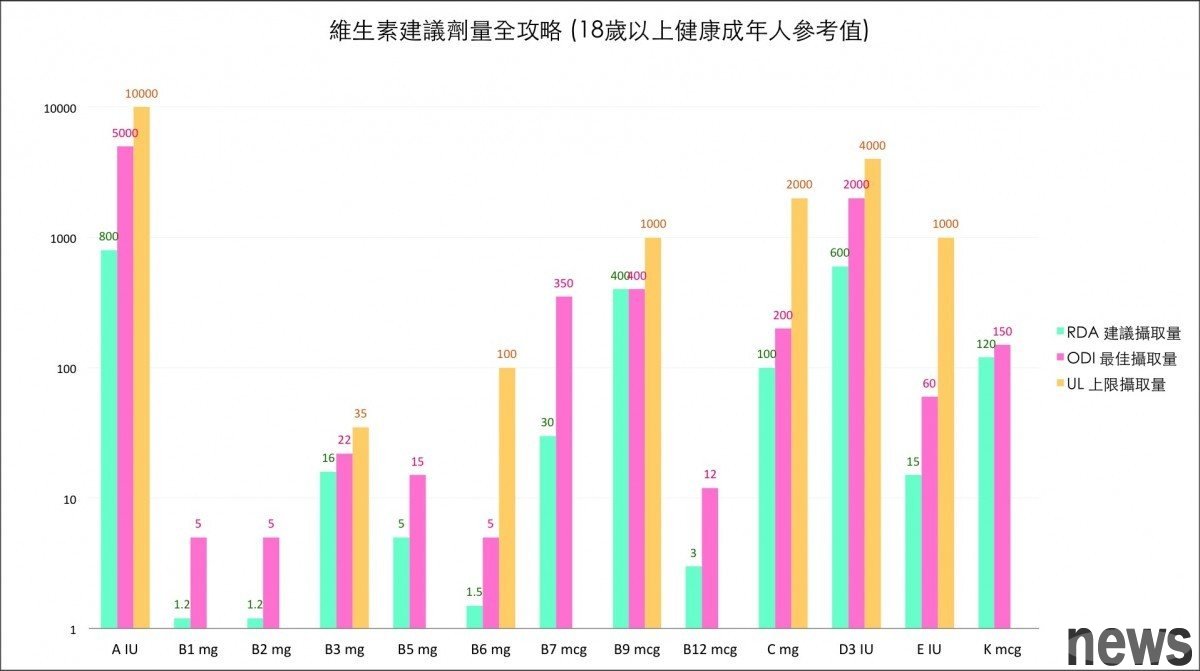Text: Chen Yuejun Jia Jia Joint Pharmacy Consult the pharmacist Oh~ vitamins, vitamins, why are you vitamins? After the industrial revolution in the 18th to 19th centuries, a strange disease began to prevail in the world. Sick people have swelling a...

Text: Chen Yuejun Jia Jia Joint Pharmacy Consult the pharmacist
Oh~ vitamins, vitamins, why are you vitamins?
After the industrial revolution in the 18th to 19th centuries, a strange disease began to prevail in the world. Sick people have swelling all over their body, muscle pain, weak limbs, and stagnation of the legs. When they walk, they feel like they are pierced with their hearts. They are so painful that they sweat coldly, their weight decreases, their mental depression, sensory function declines, physical weakness, and intermittent arrhythmia. Nothing can be done, so in Western languages, the words are mostly called Beriberi, which is quoted by Sangharo. In Sangharo, it means "can't do anything", which means that you are so sick that you cannot do anything.
With the efforts of many doctors and scientists, we found that people who eat refined white rice are prone to the above symptoms, so we think this strange disease must be related to a certain component in the rice bran.
It was not until 1912 that the biochemist in Poland was Kazimierz Funk officially separates and purifies the word vitamine for the first time. This is a new word created by the Latin word "Vita" and "amine". This vitamin is vitamin B1, and the strange disease is the stasis disease.
vitamine's initial definition was that the trace organic nitrogen-containing compounds needed to maintain the life of a specific organism. It can prevent certain diseases with just a little bit. On the contrary, if it is missing, some strange diseases will occur. Later, more research was conducted and found that the trace organic compounds needed to maintain the life of a specific organism are not necessarily nitrogen-containing compounds (such as vitamin C), so the word e in English is removed. Vitamin = VITAMIN, which is a trace organic compound needed to maintain the life of a specific organism, and must be provided by the outside world by food, and the body cannot make it by itself.
To maintain the life needs of a specific biological, in addition to Vitamin, there are also minerals (including metal and non-metals, and another demand is divided into huge elements such as calcium, chlorine, oxidation, phosphorus, debris, calcium, sulfur, trace elements such as iron, silicon, galvanic, copper, iodine, bromine, selenium, soda, etc.) as well as the sugar, fat, and protein that you must eat every day, and there are also important but often inadequate water, at least 2,000 ml per day.
After years of hard work by doctors, biology and chemists around the world, the human &rdquo "vitamin" card has been cracked. The classification and naming method of vitamins is classified according to its physiological activity. It does not follow the classification method according to the structural formula. First, it was discovered that A was found, then B was named directly.
vitamin Fat-soluble A, D, E, K, water-soluble B, C, strangely, why don’t there be vitamins F, G, H...just jump to K?
Actually, there are, but later it was proven that it does not meet the definition of vitamins: trace organic compounds required to maintain the life of a specific biological, and must be provided by the outside world by food, and the body cannot make it by itself. These once-in-common vitamins were later proven that the body could be produced by other vitamins by itself, and were excluded from the list of vitamins.
The most special is vitamin B, because vitamins with similar physiological functions must be included in the same category, and are classified under the category B of Group B. (The number jumped here again, the reason is that I have discovered that it did not meet the definition of vitamins and was excluded). Vitamin B represents water-soluble enzymes and factors (co-enzyme, co-facotr). It can be said that it is the key or switch of enzymes. Without it, the enzyme machine will not work, and the recognition of all parts of the body will be There is a problem, so there is a saying that vitamin B group can promote physical strength.
In fact, all kinds of vitamins can be taken from diet (mainly yeast, grains, animal liver, chaff skin, etc.). As long as the nutrition is balanced and the work and rest is normal, there will be no problem of lack. If supplementation is really needed, it is appropriate to supplement in the following conditions.
Poor nutrition: poor, elderly, special dieters (vegetarian diet)Malaise: Cron's disease (inflammation disease), shortness of the kidney, gastric surgery, abnormal loss of the elderly: kidney washing, chronic diarrhea
abnormal recognition: Some heterogeneous diseases, alcoholics
insufficient synthesis: vitamin D anterior diarrhea The substance is made from the kidneys and converted into active vitamin D by ultraviolet radiation. It may be deficient in areas with insufficient sunlight.
Pressure status or labor-intensive work
Vitamin only requires a small amount, and eating more is not beneficial. Therefore, all countries have different vitamins based on their people's physiology and diet, as well as different ages, and even pregnancy periods, etc., for different vitamins. There are different suggestions for intake (RDA). Some eating too much is also harmful, so some vitamins have a maximum daily limit (UL). In recent years, some people believe that the amount of RDA is too small. If you want to prevent a certain disease, you should have a little more, so there is the best intake (ODI). If you want to choose a product, you can refer to the ODI value, but don't exceed UL..
Other ethnic groups can go to the USDA for inquiries or refer to the national dietary nutrition reference
Complete guide to different vitamin doses (collected and produced by Chen Yuejun Pharmacy)

[This article is authorized by 8 Health News Network. The original title is: [Pharm Chen Yuejun] Why do you need to take vitamins? 】